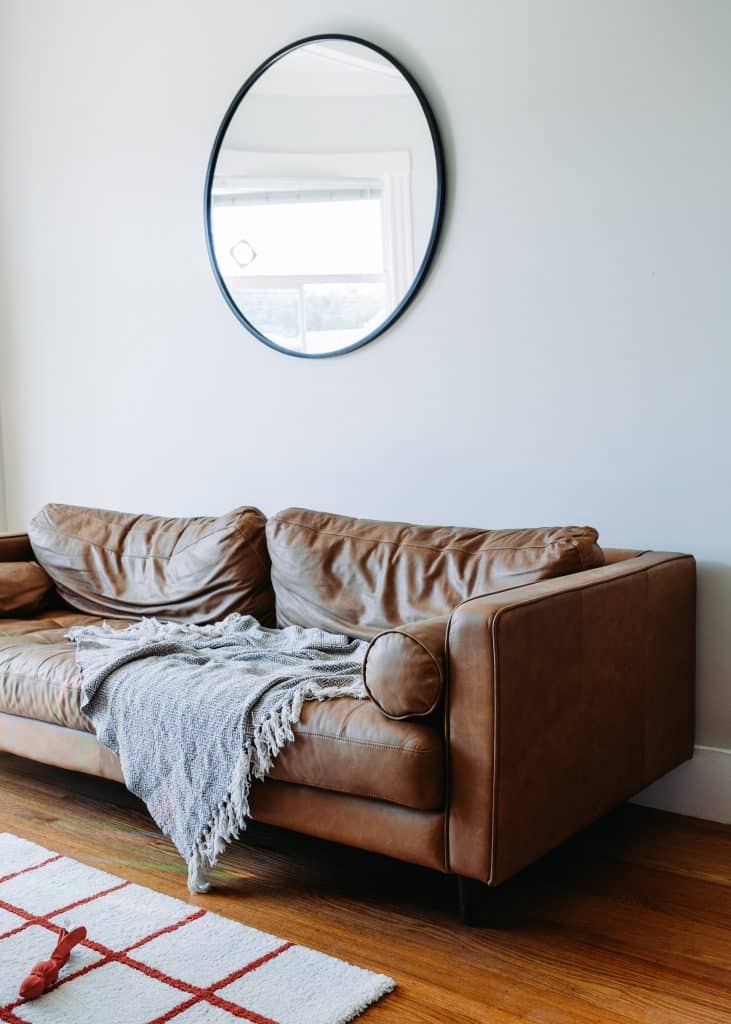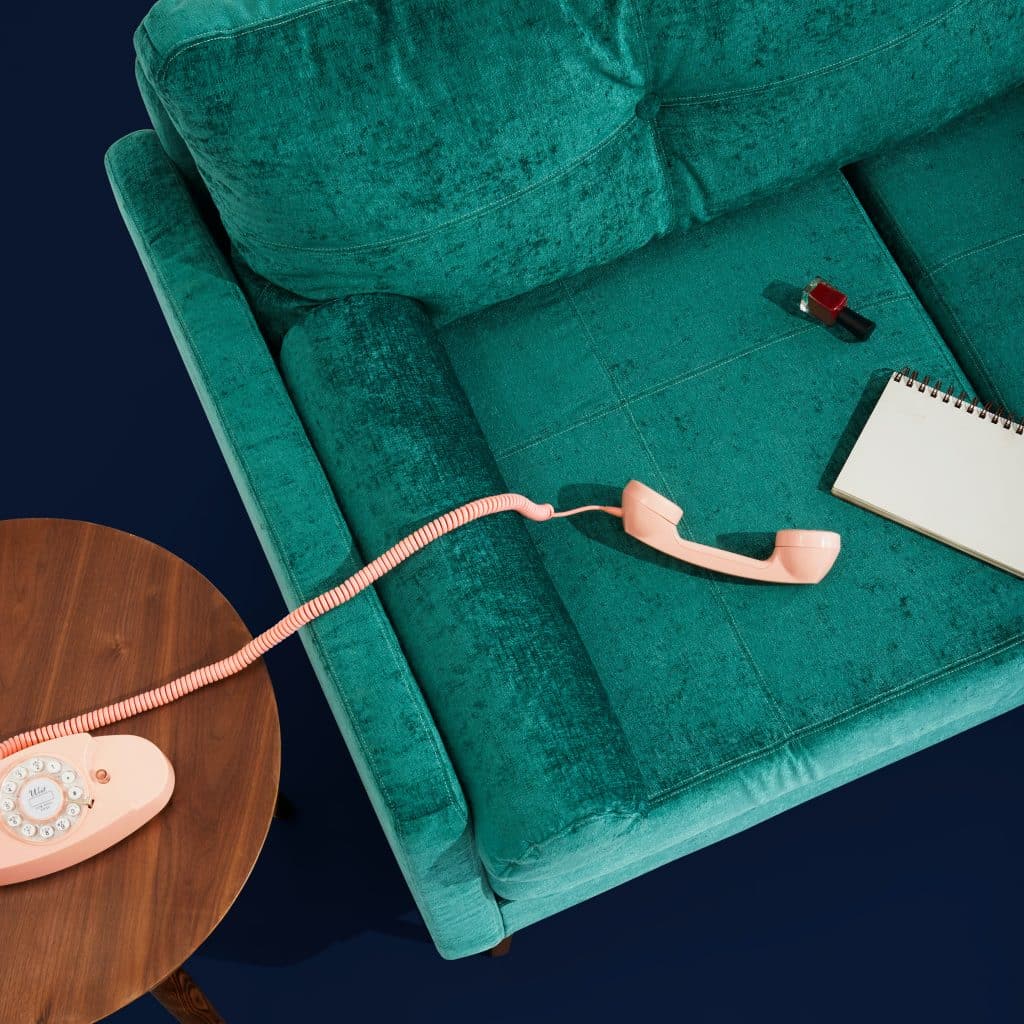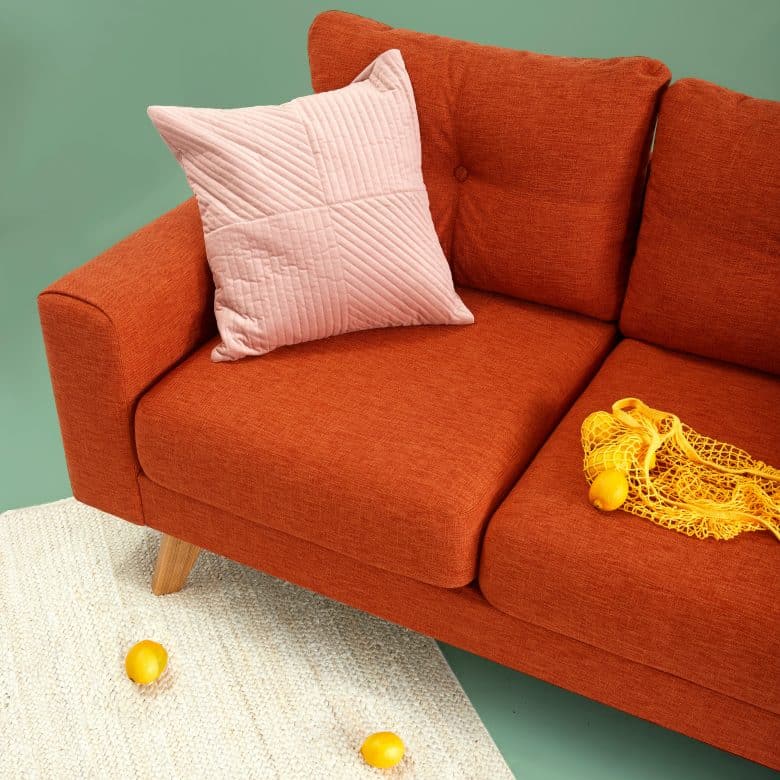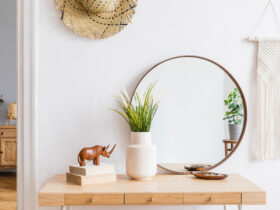You might call it a couch, or you may know it as a sofa or a davenport. No matter what you call this piece of furniture, you’ll want to make sure you spend your money wisely. If you want to get a great value, you should keep these five tips in mind.
1. Look at the Frame
If a sofa has a durable frame, it’s going to last for much longer. You can save money buying a sofa with a frame made from softwood, like pine. However, it’s likely that your sofa will wobble or warp after a few years of use. You’ll be able to use your furniture longer if you choose a frame made from a more resilient wood, like hardwood. Look for ash, beach, and kiln-dried oak. Stay away from frames made with metal, plastic, or particleboard. These materials are prone to cracking and warping. The sofa’s legs should be a part of the frame. If not, they should be secured using dowels or screws. If they’re glued to the frame, you could have a problem.
Want to test the strength of your frame? Try lifting the front corner of the sofa. After you’ve lifted it about half afoot, the other frame should have started to rise as well. If the other corner remains on the floor, the sofa has a weak frame. Read plenty of furniture reviews, like these from One Kings Lane to get an idea of the quality of your chosen pieces.
2. Look at Joinery
You’ll want to make sure that the joints of your frame are properly connected. Wooded corner blocks, metal screws, and wooden dowels are all great options. While nails and staples can help to reinforce the sofa, you shouldn’t buy a piece of furniture that’s held together with these materials exclusively. Glue, staples, and nails can also pose a problem.
Request that the salesperson you’re working with gives you written documentation from the manufacturer on frame joinery.

3. Check Out the Springs
It’s normal to see serpentine springs in a sofa. Also known as sinuous springs, these springs are made from snaking wire. They do provide support, but over time, they may start to sag or press against the frame if the metal is lightweight. When you buy premium sofas, they may have a type of spring known as “eight-way hand-tied springs.” They’re comfortable to sit on, but they’re also costly. There’s some debate over whether they are really a superior option to serpentine springs.
You should take the time to touch the upholstery and feel the springs. The springs should be firm, and they shouldn’t be spread out. If a sofa features mesh or webbing rather than springs, it’s likely that it won’t be comfortable to sit on, and it won’t hold up well over time.
Before buying a sofa, try sitting on a corner, using the full weight of your body. If the sofa starts creaking or squeaking, it’s likely that the springs aren’t properly placed. They may be hitting up against the sofa frame.
5. Pay Attention to the Fillings
Many sofas are filled with polyurethane foam. It’s affordable and easy to care for. However, if you opt for the more resilient high-density foam, your sofa could be a bit hard. Low-density foam is softer, but it wears down more quickly over time. If you choose high-resilient foam, you’ll pay a bit more, but your sofa will be more comfortable to sit on and will last for longer. Although polyester fiber is an affordable option, it tends to flatten before long.
While a sofa filled with duck or goose feathers is likely to be comfortable, this filling can clump. A premium option would be a mixture of goose down and features. This option is pretty costly, and your cushions will need to be fluffed regularly. However, it will give you a plump and comfortable sofa. You’ll spend less on a blend of down and poly fiber, but it will flatten before long.

Conventional foam that’s been wrapped in polyester batting is an excellent and affordable option, as is HR foam with a down layer.
5. Pick More Resilient Textiles
If you’re going to be using your sofa on a daily basis, you’ll want to pick something with a tough fabric. Linen and cotton are popular options, but you should be wary of loose weaves. They’re prone to snagging. Synthetic microfiber is another terrific option. It can imitate many types of fabrics, and it is resistant to staining. You can treat cotton and linen to make them more resistant to stains, but they won’t be as resilient or as easy to clean as synthetic microfiber. Natural and synthetic fiber blends may seem like a great option, but it’s likely that you’ll have issues with pilling in your first year of use. Silk is beautiful to look at, but it’s a delicate material. Leather and wool are sturdy and can be beautiful, but they come with a high price tag. If a pattern is woven into the fabric, it’s likely to be more durable than a fabric with a printed pattern.














Leave a Reply